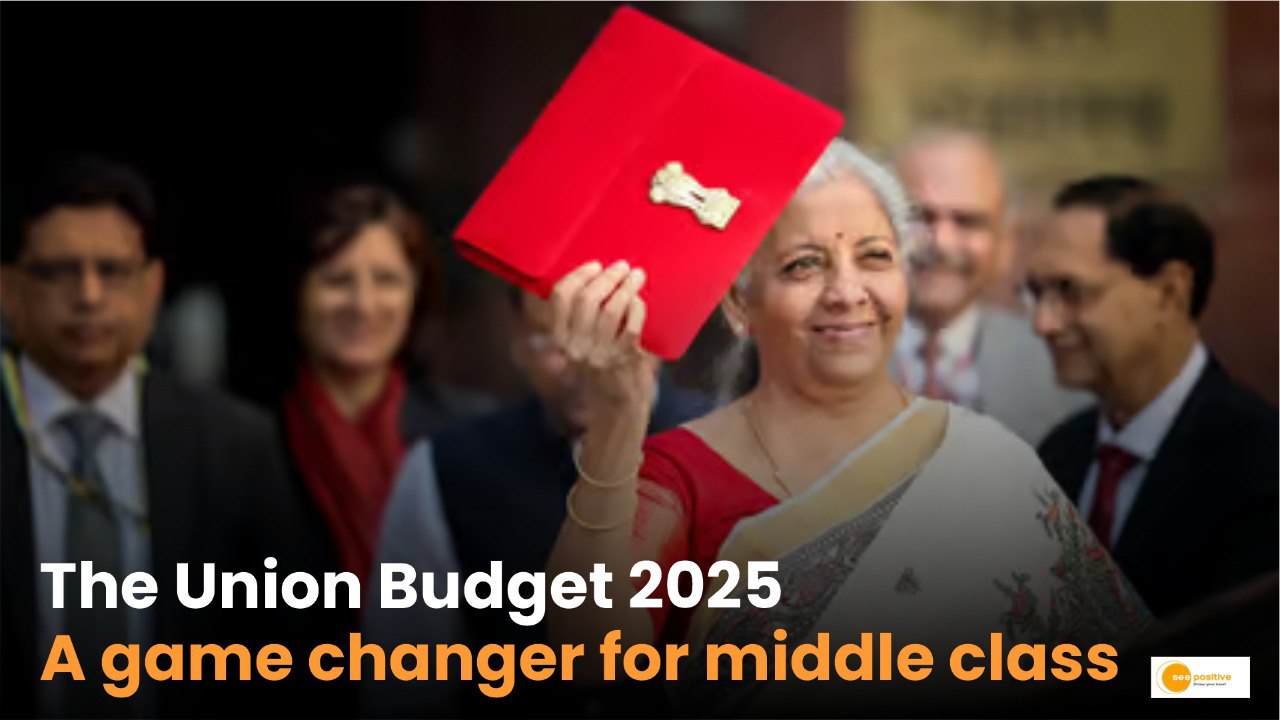Key Announcements: The Union Budget 2025 by Nirmala Sitharaman is being seen as addressing some of the economic challenges faced by the middle class in India, especially with the pressure of high prices and stagnant wages.
Narendra Modi in his speech a day earlier, hinted at key reforms with such a strong message, especially through his reference to Goddess Lakshmi—who symbolizes wealth and prosperity. If the focus is on blessing the poor and middle class.
The Union Budget 2025 gives clear insights at alleviating their financial pressures, such as direct income support, tax relief, or welfare schemes. Read on the article to know summary of key highlight of this year’s budget-
Ambitious agenda for 6 key areas
The Union Budget for 2025-26 has set a broad and ambitious agenda with reforms across six key areas—taxation, urban development, mining, the financial sector, power, and regulatory frameworks. These reforms could have a significant impact on the economy and society, especially if they focus on creating a more inclusive growth model.
No income tax for Rs 12 lakh
Raising the income threshold to Rs 12 lakh for no income tax in the new tax regime could provide significant relief to middle-class taxpayers, especially those who might be struggling with high prices and stagnant wages. With this, a large section of the population will have more disposable income, which could help with everyday expenses and potentially spur domestic consumption.
Game-changer for Middle class
It also seems like the government is trying to encourage more people to opt for the new tax regime by making it more attractive. This could be a game-changer for many individuals and families. This will lead to more job opportunities, it could really help boost the economic well-being of the middle class.
A Significant Push For Education
- Adding additional capacity to accommodate 6,500 more students, the government is addressing the growing demand for high-quality education in science, technology, and engineering.
- Establishment of a Centre of Excellence in Artificial Intelligence (AI) with a Rs 100 crore investment is a significant move too. By focusing on AI at such an early stage, India could position itself as a leader in the field, attracting global investments and fostering innovation.
Domestic electronics industry gets a boost
Supporting the domestic electronics industry could be a key strategic move to boost self-reliance and foster long-term growth. This will strengthen India’s position in the global supply chain for electronics. Additionally, the domestic market for electronics could benefit from price reductions if manufacturing becomes more efficient and self-sufficient.
A sincere push to Agriculture
The provisions in the budget for agriculture seem to be aimed at creating a sustainable, self-reliant rural economy, which could have far-reaching benefits for farmers and rural communities.
The PM Dhan Dhanya Krishi Yojana appears to be a major step in improving irrigation and financial support for farmers, especially in 100 districts. By addressing both short-term and long-term credit needs, this could help alleviate financial pressures and make farming more viable in the long run.
Positive Takeaway
The goal of a “Viksit Bharat” (Developed India) with zero poverty, quality education, and affordable healthcare suggests a long-term vision for improving the living standards of all citizens. This could involve new initiatives to improve access to education and healthcare, investments in infrastructure, and policies that promote job creation and economic equality. “Make in India” goals, aiming to reduce imports and increase domestic production, which in turn can boost exports and reduce the trade deficit.


